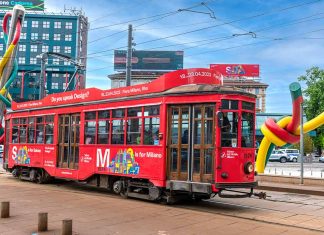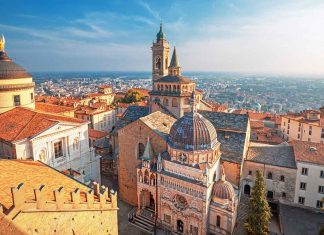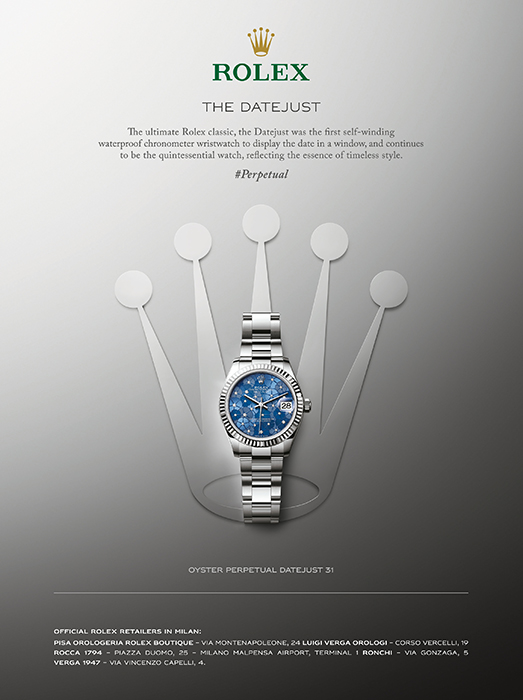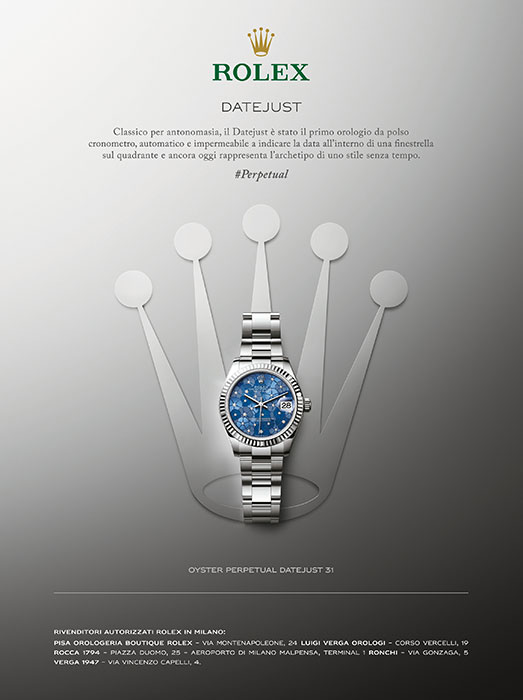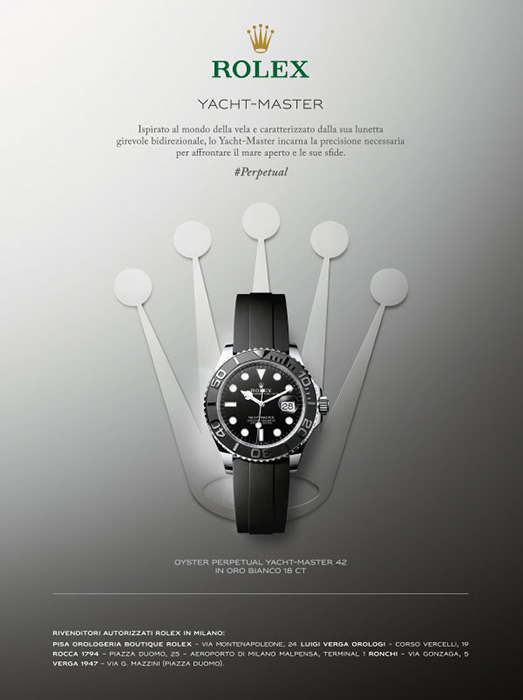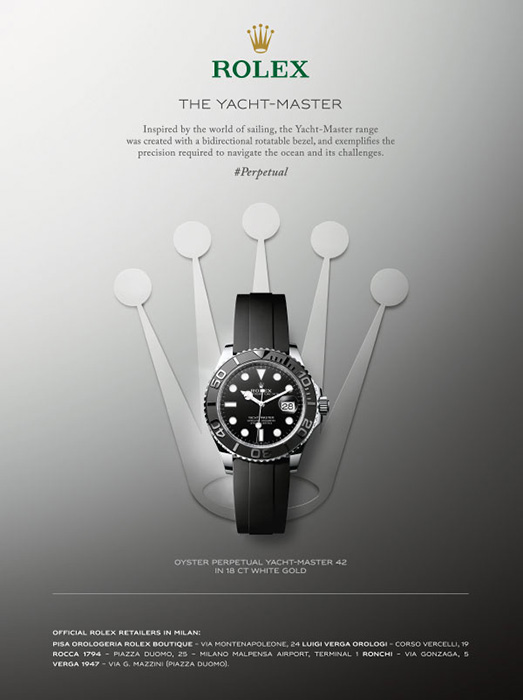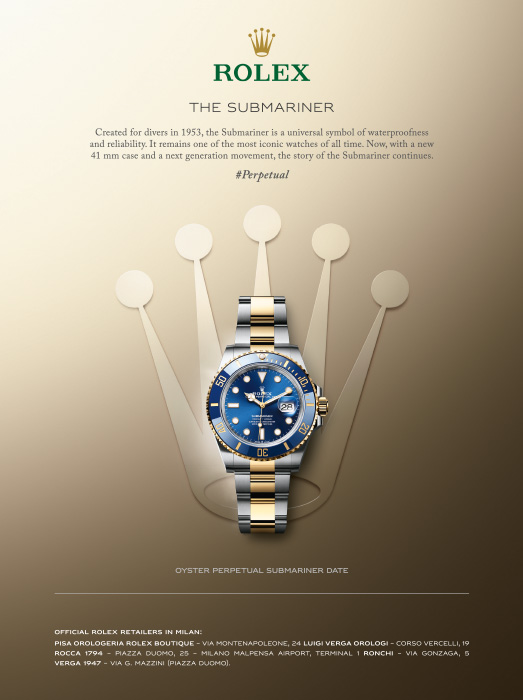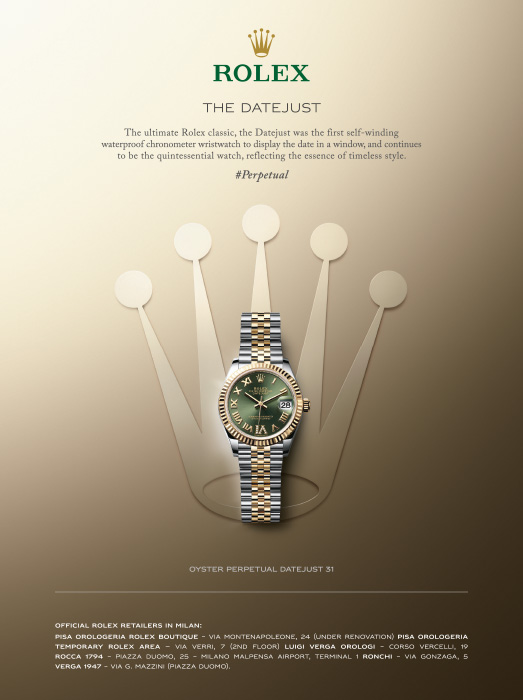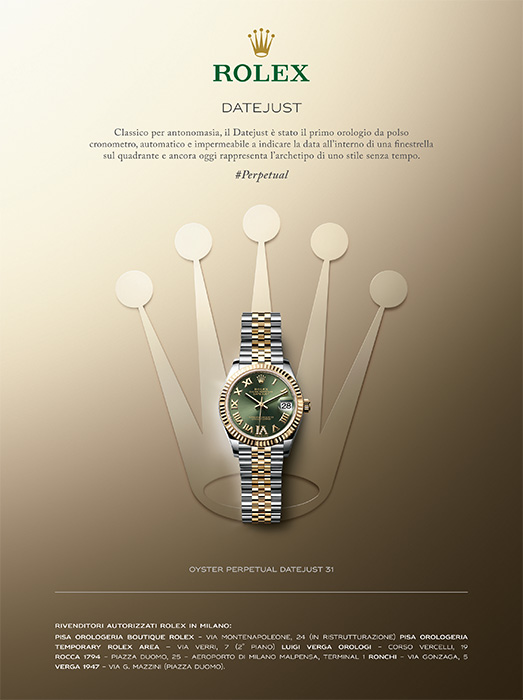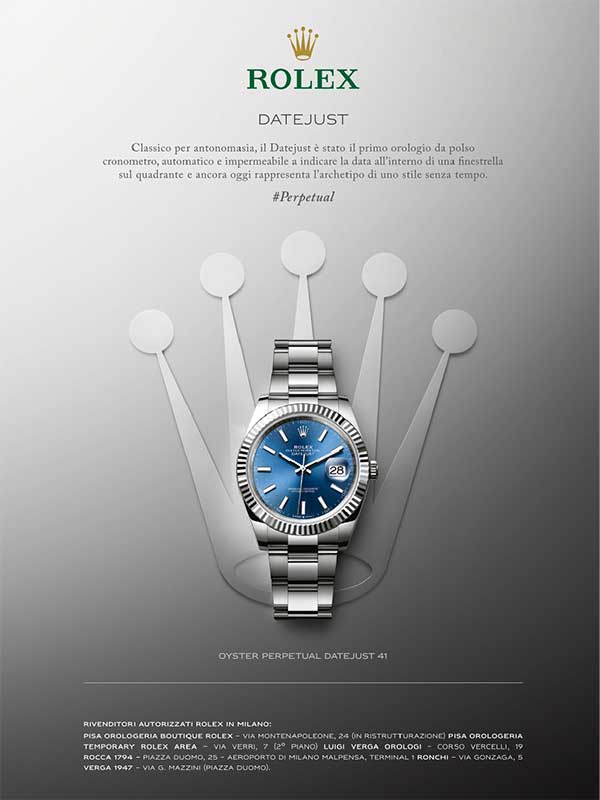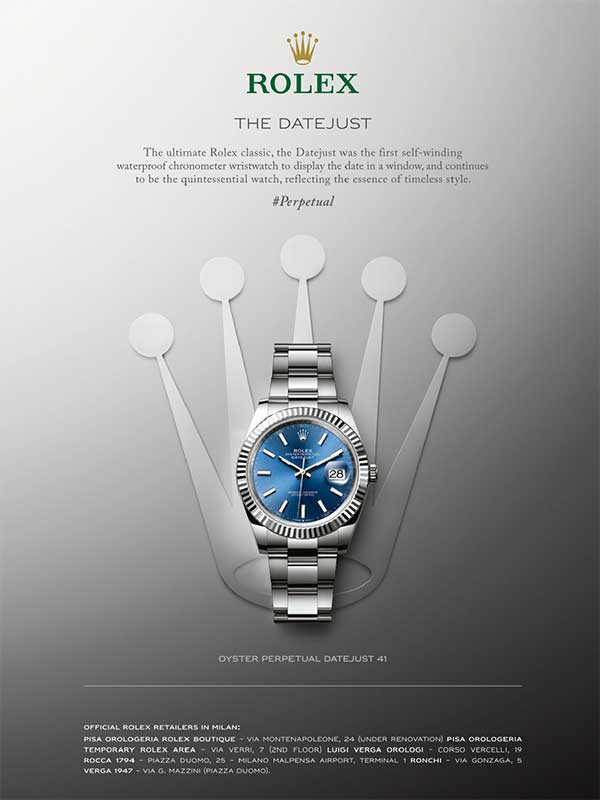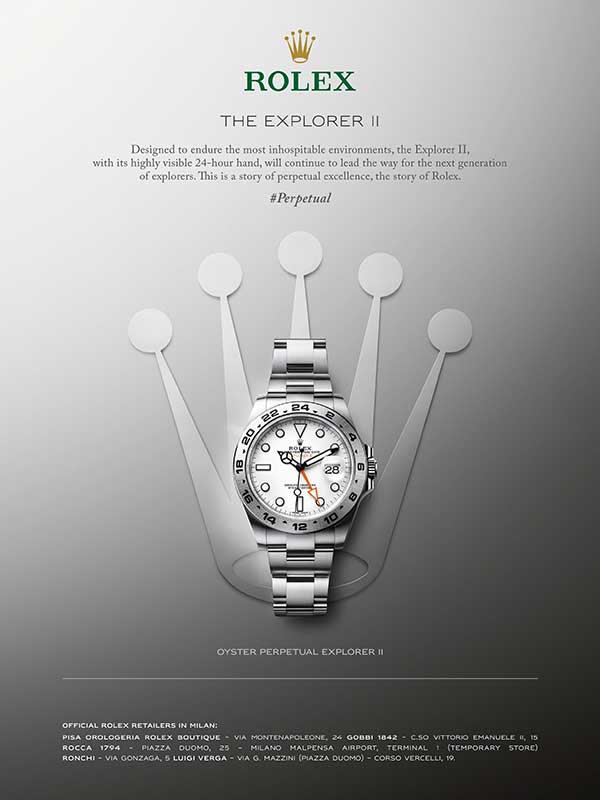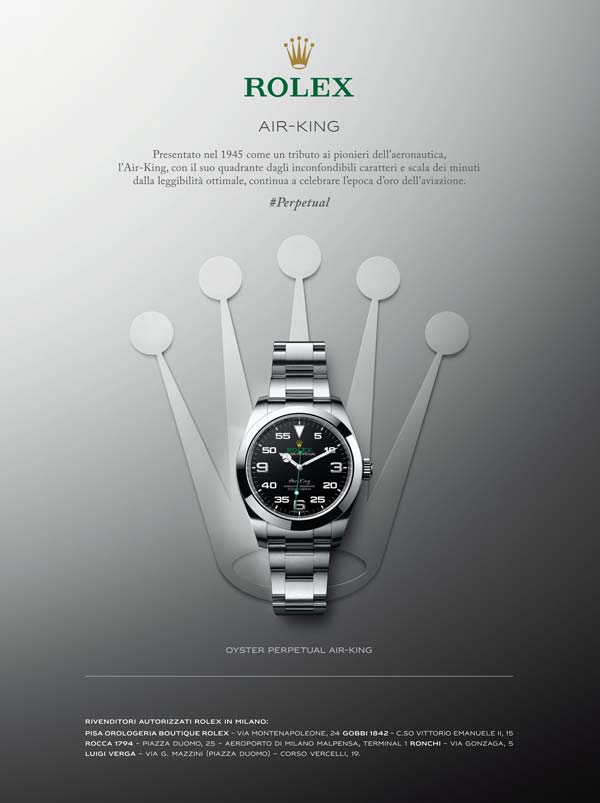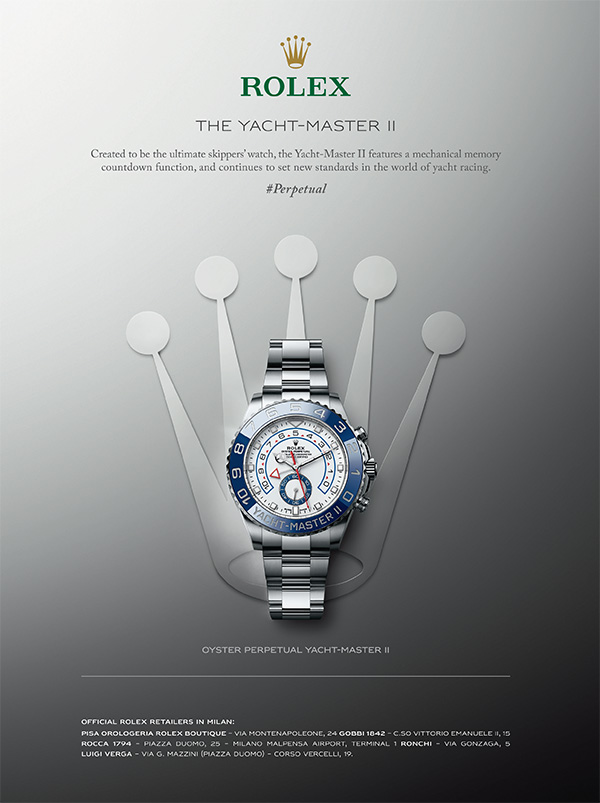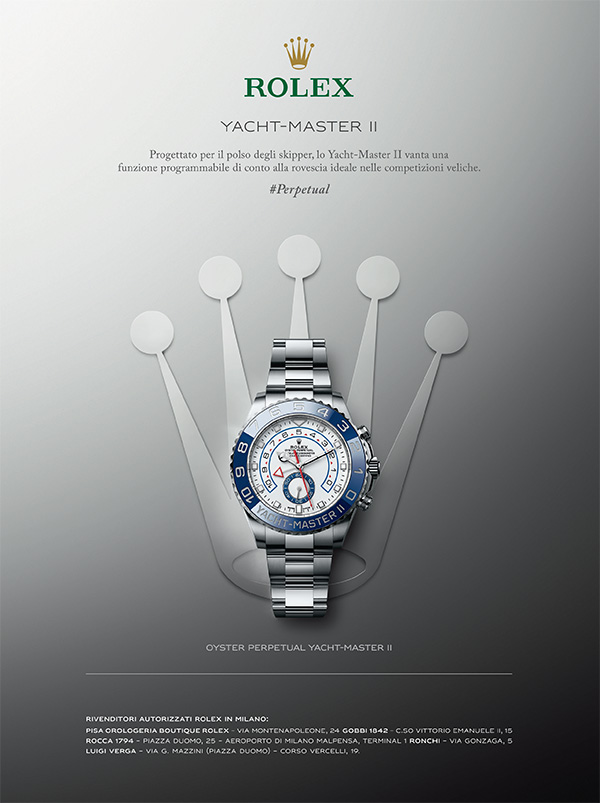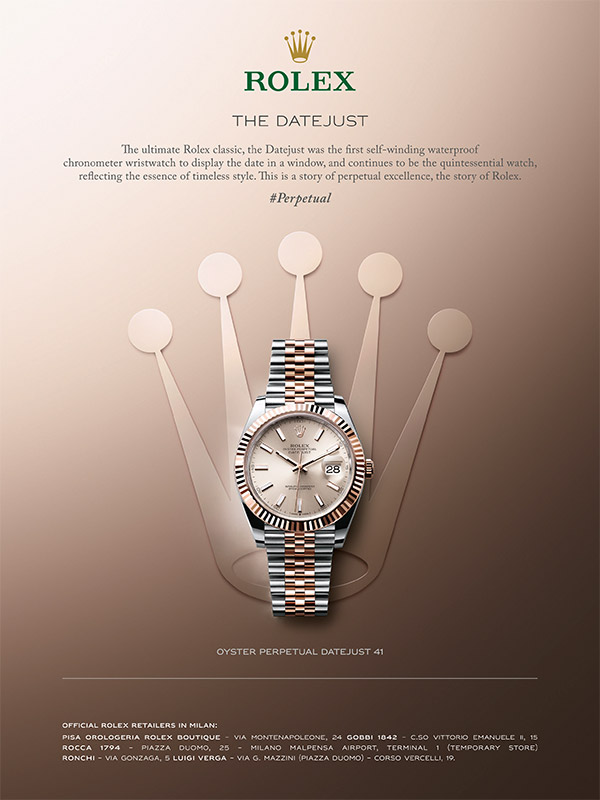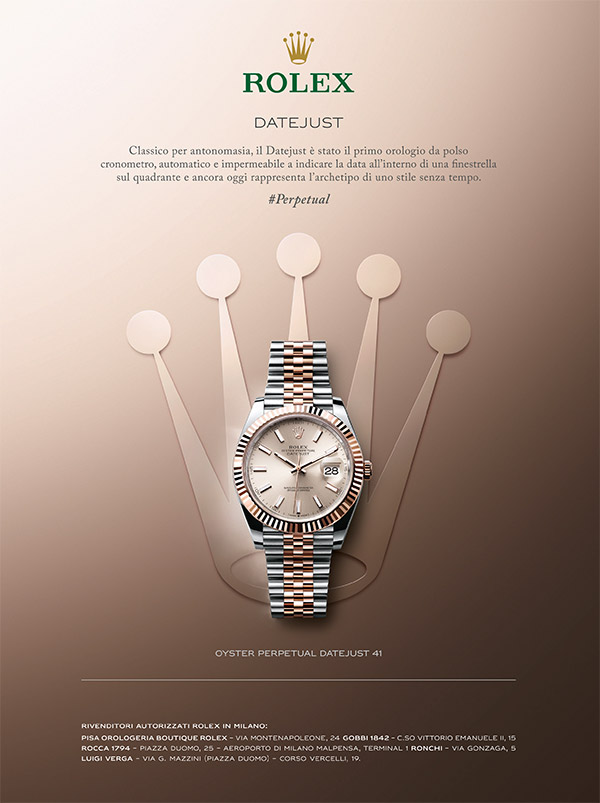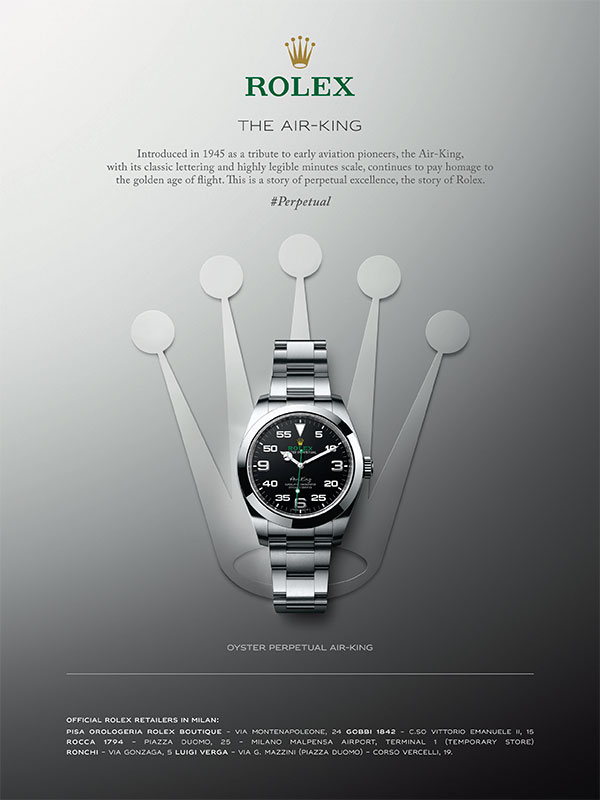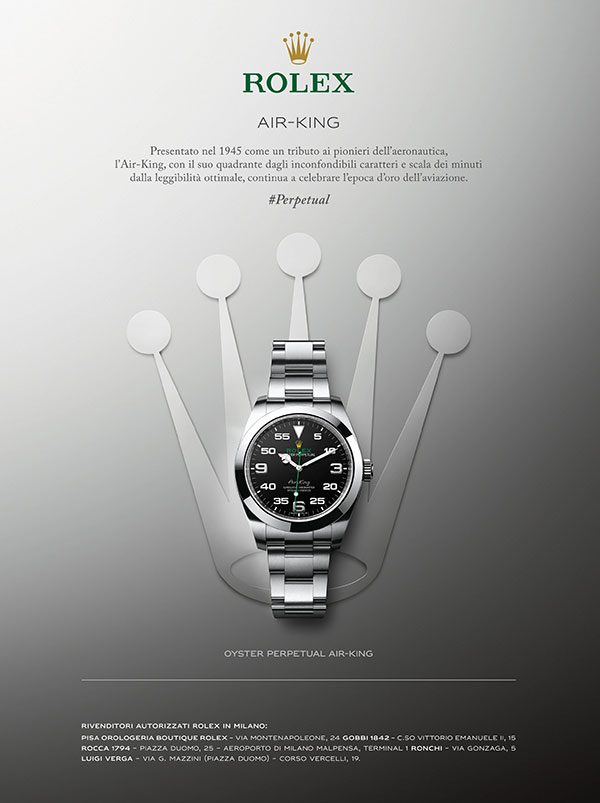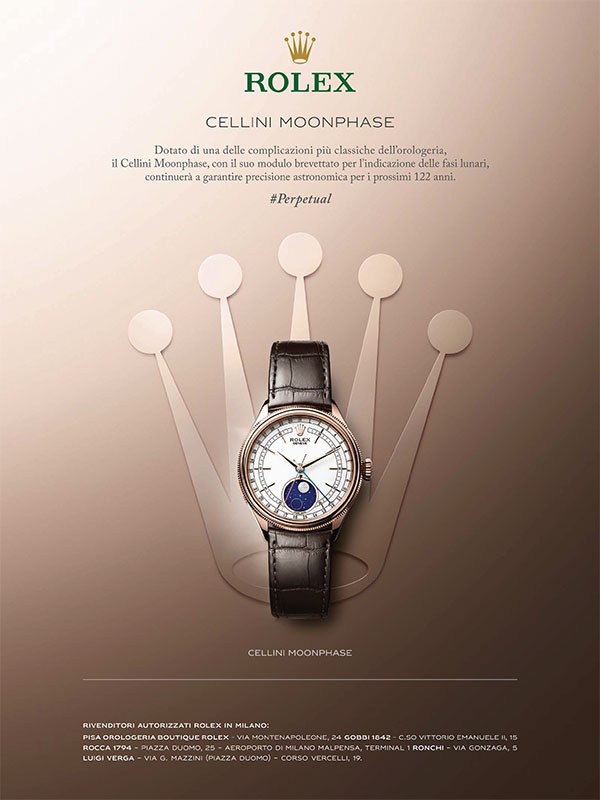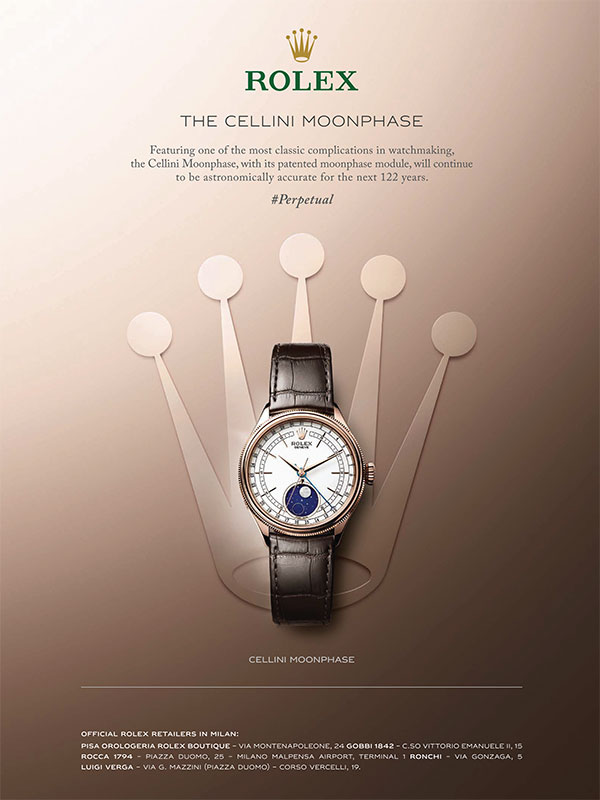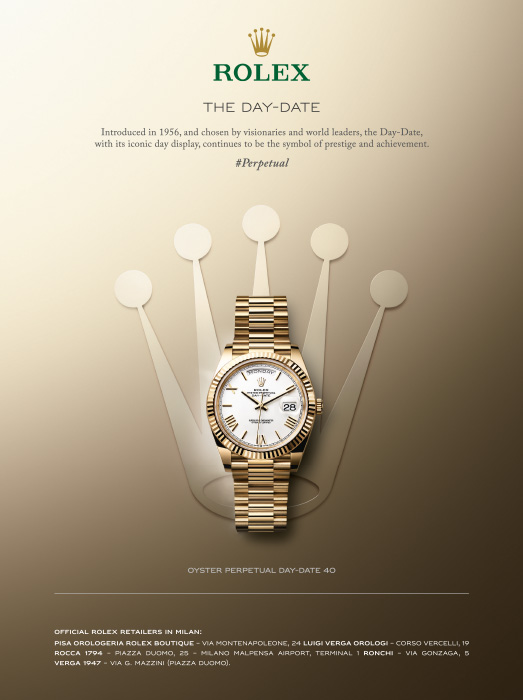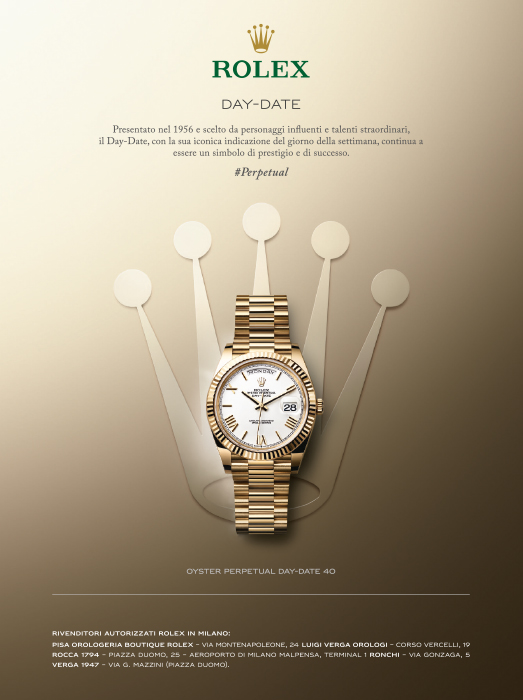Sabbioneta is a small town located just 30 km from Mantua and 150 km from Milan, decreed a UNESCO world heritage site, awarded an “Orange Flag” by Touring Club Italiano and classified as one of “the most beautiful Towns in Italy”. It is located in a highly strategic geographic position in the middle of the Po Valley and serves as an excellent base for nature excursions and trips to the nearby cities of Mantua, Parma, Cremona, Reggio Emilia and Lake Garda.
History and town-planning
During the second half of the 16th century, Vespasiano Gonzaga transformed the medieval village into a fortified city which, on account of having remained intact to this very day, continues to represent one of the most outstanding examples of Lombard Renaissance architectural style.
With its imposing walls, the city boasts several outstanding examples of architecture thus earning it the appellation, over the centuries, of “small Athens” and “New Rome”.
The city has two entryways (Porta Vittoria and Porta Imperiale) carved out in the walls encircling the town. Visitors can start their tour from Palazzo Giardino, the Duke’s suburban villa, to which the Galleria degli Antichi (the Ancient Art Gallery), built to house Vespasiano’s collections, is connected.
The Teatro all’Antica serves as the first example in Europe of a local theatre while Palazzo Ducale, the Duke’s fixed abode, features magnificent richly decorated wood ceilings and the four equestrian statues representing Vespasiano Gonzaga and his three ascendants.
The Chiesa dell’Incoronata is home to Vespasiano’s mausoleum while the Museo di Arte Sacra (Museum of Sacred Art) houses paintings, sacred vestments, archaeological finds and other objects (including the Toson d’Oro coat of arms) linked to the history of Sabbioneta.
The Synagogue, a place of worship where the local Jewish community met, still retains an interior of austere elegance. It still retains several of its original furnishings including a few simply carved 19th century wood benches which are placed facing the centre of the prayer room boasting a red marble bimah, upon which there sits a classically styled, gilded wood Aron Kodesh or Torah ark.
Events
Throughout the year, scores of cultural events, conventions and exhibitions attract tourists from all over the globe. On the first Sunday of every month (excluding January and August) the city is animated by a small antiques market. The European Day of Jewish Culture is held on the second Sunday of September while on the third Sundays of July and October, the city celebrates two traditional festivals.
Crafts and local products
The area is renowned for its locally crafted graphite ceramic from Mantua whose main characteristic lies in the “raw” working of clay. Signature dishes of local gastronomic tradition include pumpkin tortelli, stracotto d’asino, donkey stew and torta sbrisolona, a crumbly cake. Also worthy of note are its delicious garlic sausage, its Grana Padano cheese and its typical melon. All dishes that are beautifully paired with the area’s local Lambrusco Mantovano Doc wine.
Hospitality
Top-level hospitality is guaranteed by its seamlessly run Tourist Office. Welcoming hotels and restaurants listed by several of the world’s most authoritative guides are at-the-ready to offer you a pleasant, relaxing stay.
How to get there
The city can be accessed by car from either the Parma (A1 25 km) or Mantova (A22 35 km) toll booths, by train from the Casalmaggiore station (5 km) or by plane from either the airports of Parma (30 km) or Verona (70 km).
Alberto Sarzi Madidini
[slideshow_deploy id=’26528′]

